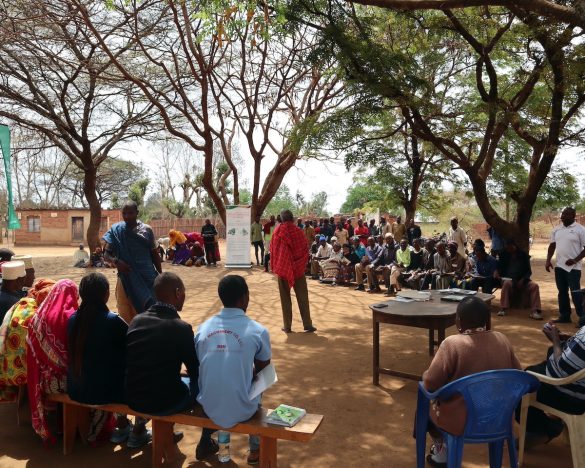Preparing the Ethiopia Highlands crop-livestock intensification project – Help needed
We at the International Livestock Research Institute (ILRI) have led a small consortium of CGIAR, USAID and Ethiopian research partners in drafting a concept note for the project focused on the Ethiopian Highlands.
This concept note will be further discussed and refined at a workshop at the end of January 2012. Participation in the workshop is by invitation only. To allow a broader group of stakeholders to comment on key elements of the proposal we are using this blog to solicit pre-workshop interaction. We also hope that getting a deeper understanding of other organizations and initiatives will help us devise stronger collaboration.
Please take a half hour of your time to help us improve the design of the project by sharing your comments and answers to the following questions (if you have general feedback, please comment on this post).
Question 1 – Prioritizing the key elements of sustainable intensification
Question 2 – Determining the drivers and trajectories of intensification
Question 3 – Selecting a geographic focus for the project
Question 4 – How markets for animal and crop commodities interact with sustainable intensification
Question 5 – Mapping ongoing research and development activities offering synergies
More information on the workshop and related projects …





Latest Comments